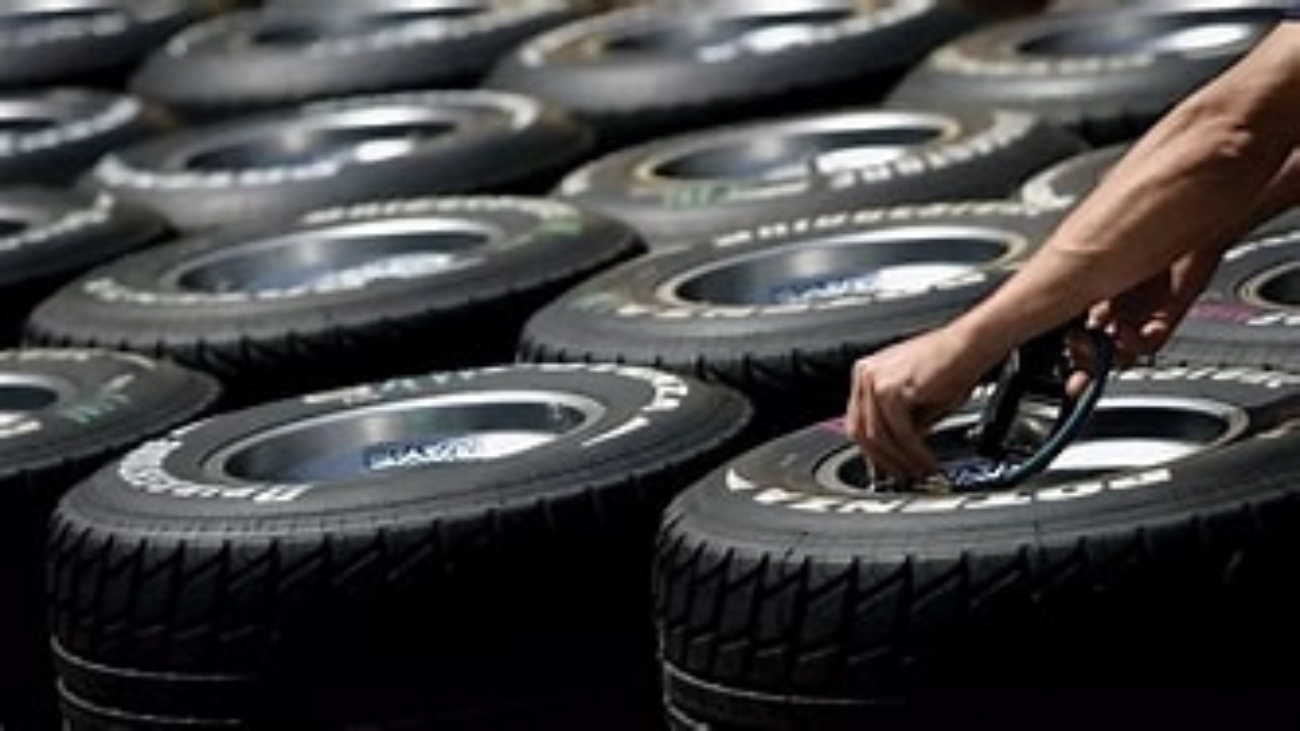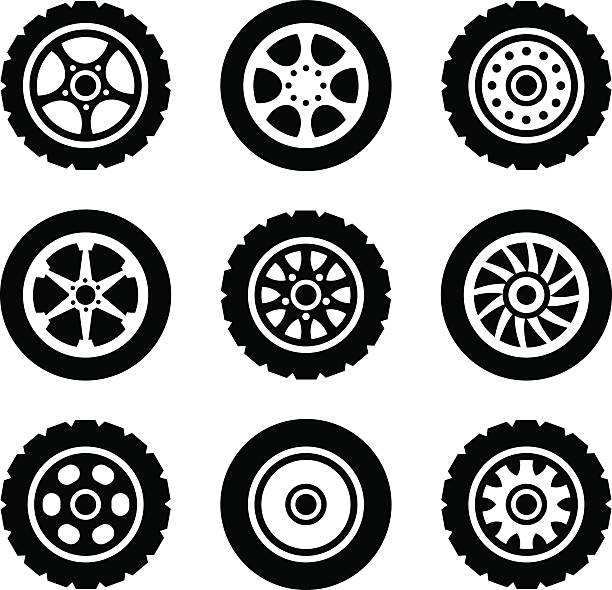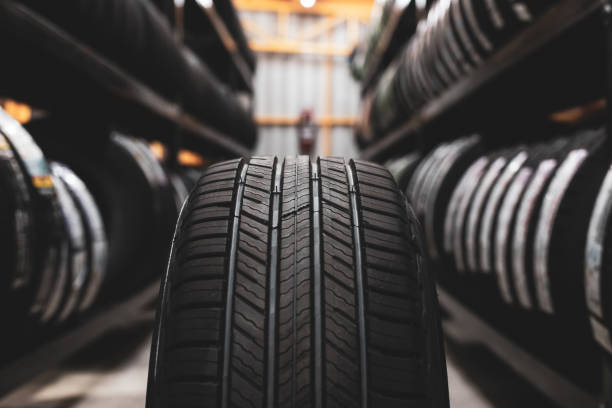We should all know that having the correct tyre pressure is important, but do we know why and what the consequences can be?
What is the ideal pressure for my tyres?
The manufacturer of your vehicle determines the proper tyre pressure; you may find out what that pressure is from the owner’s manual, however most manufacturers also place labels inside the driver’s door ledge and the lid of the gas cap.
Your tyres should be set up for the weight or load you are pulling or transporting. These are depicted by symbols on the labels mentioned before and in the car manual.
Tire pressure should always be set correctly, ideally while the tire is either cold or at least cool. The tires can be regarded as cool if you have only travelled less than two miles at a leisurely pace. If there is no way to let the tires cool off while they are still hot, you can still inflate them, but add 4 to 5 PSI to the suggested pressure. After you’ve finished your trip, you should let the tire cool, possibly overnight, and then check it again to see if the pressure needs to be adjusted.
When should you check the pressure in your tires?
- Although inspecting them on a weekly basis is a safe way as well, as this gives some time to look at the condition, wear, and any damage that may have occurred, some manufacturers recommend they be checked every month and before a lengthy voyage, while others advise every two weeks.
- If your tyre pressure is set properly, it can fluctuate between 6 and 8 PSI during routine driving when stresses and forces are applied to the tyre. This is typical, and the tyre is built to function securely with these pressure variations.
- A tyre that is under-inflated will make steering more difficult, and if it is on the back axle, it may result in sudden, irreversible rear steering. It will increase the amount of rolling friction the vehicle experiences with the road, which will make the engine work harder and burn more fuel.
- As the tyre pressure drops, the temperature of the tyre will rise. The sidewall may begin to distort and generate heat to the point where the casing may catastrophically fail. Even if the tyre does not blow out, it will wear down more quickly than one with the proper pressure. The telltale symptoms include the fact that the tyre’s edges are wearing out faster than its centre,
Remember that your driving habits, the type of vehicle you have, and the road conditions you encounter will play a significant role in determining the most suitable tyres for your needs. If you’re uncertain, it’s a good idea to consult with a tyre professional or your vehicle’s manufacturer for recommendations.
It’s important to properly maintain tyres by regularly checking the tread depth, tyre pressure, and overall condition to ensure optimal performance and safety.
For more updates on rides, trips, cars, and more, watch out for this space @Nikky Taurus Blog.
Follow our social media on Facebook, Twitter, Instagram, and YouTube, for more updates.




